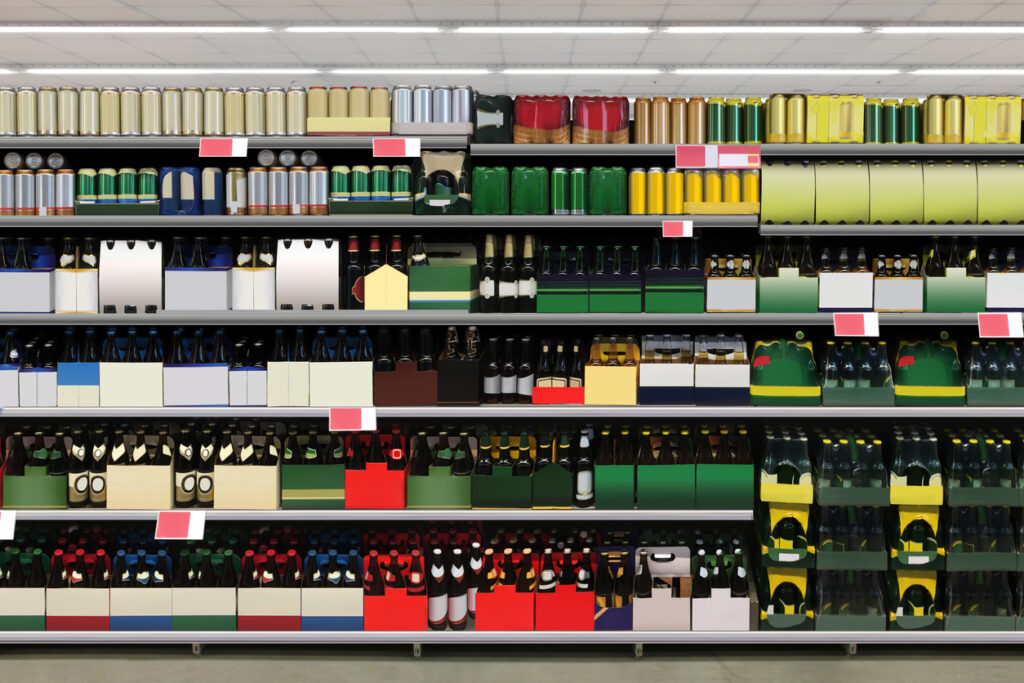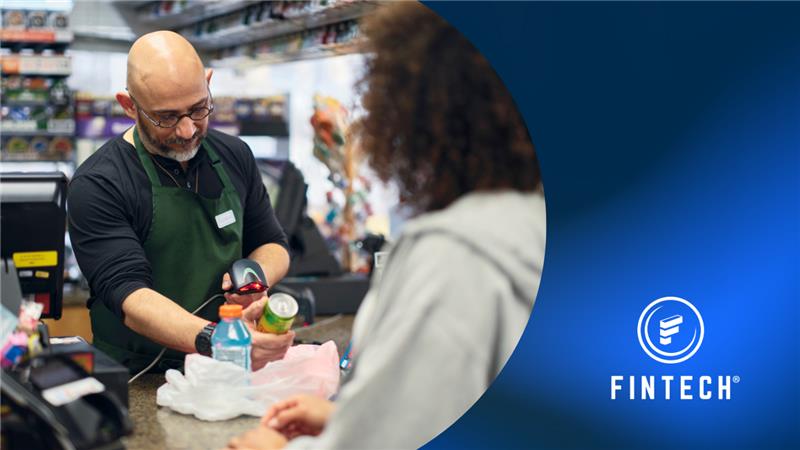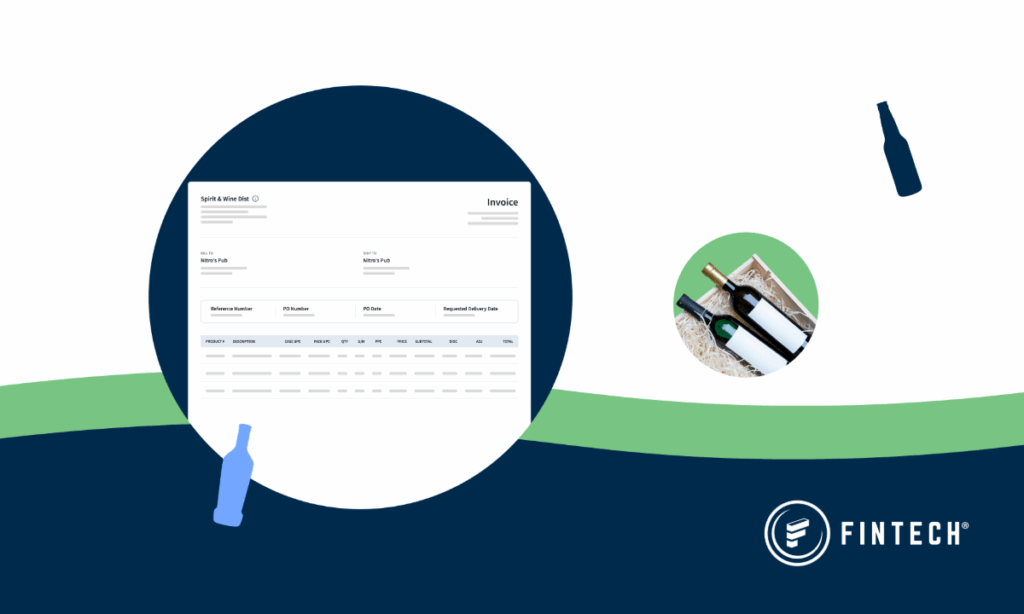Getting your brand onto the right shelves in the right market can be a pain. Think about it. You need to:
- Know what’s driving change in consumer demand
- Understand key market dynamics
- Uncover hidden trends and gaps
- Explore new, untapped opportunities
- Craft a business case to pitch your buyers
All of which help secure better shelf placements in stores and interact with consumers profitably.
However, just because you’ve won valuable shelf space doesn’t mean your work is done. With consumer demand shifting at a faster pace and competition becoming fierce, bev alc suppliers must constantly adapt their strategies to remain competitive and grow. Like in any other business, you must assess how your brand impacts your market and communicate informed ways to maximize your shelf presence.
To that end, are you keeping an eye on your brand’s performance and your competitive landscape? What steps are you taking to maximize your shelf space in stores? If you haven’t done much, then it’s time to get serious about your future in bev alc.
We came up with 5 steps you need to take after securing shelf placements for your brand. Let’s get cracking.
5 Steps to Optimize Your Shelf Placements
1) Analyze Sales Data
As a supplier, you shouldn’t be unaware of how your brand performs in your market. Your customers continuously track how your brand performs on the shelves and evaluate whether it:
- Attracts more/new consumers
- Drives more sales
- Boosts profit margins
If so, you’ll be on the right track to negotiate expansion and target new accounts in your market. If not, you may risk being removed from shelves, which is certainly not an ideal outcome.
That said, stay on top of your brand’s performance. Use sales data to figure out how consumers interact with your brand and how sales evolve over time. To do that, focus on the following:
- Dollar sales and volume sales
- Dollar sales compared to last year
- Sales trend analysis
Tip: Choose a specific period to assess whether your sales are growing or declining accurately. This helps your buyers anticipate any future change in demand, which also helps them stay ahead of their replenishment needs and avoid out-of-stocks.
2) Keep Searching for Trends
Besides sales data, recognizing trends is also a huge deal when advocating for better shelf presence. Suppliers that demonstrate a full understanding of what’s trending in their markets gain a competitive edge over their competitors, enabling them to:
- Speed up innovation
- Optimize their chain strategy
- Position themselves as first-movers
Keep your eyes open: Trends are never static and evolve over time. With consumers displaying complex, and even conflicting, purchasing patterns, capturing the latest trends can be tough. Depending on which market you are targeting, dive into market data to see what consumers prioritize in stores. And share your insights with your buyers to showcase your commitment to helping them achieve their business goals.
3) Track Your Key Rivals
After gaining insight into your brand’s performance and what’s driving change in your market, it’s vital to assess your competitive landscape. At this point, you evaluate how your brand stacks up against your key rivals and who’s leading growth based on key competitive measures. Ask yourself:
How fast is your brand moving off the shelves compared to your rivals? How available is your product to consumers in a specific region?
With presence and speed being of supreme importance, pay close attention to:
- Category-weighted distribution (CWD): CWD assigns weight to each store based solely on sales of a single alcohol category.
- Sales velocity: Sales velocity measures how fast your product sells regardless of its availability.
Compiling these observations helps you:
- Quantify your brand’s value based on performance
- Show your customers your drive to succeed in your category
- Communicate your openness to cross-tier collaboration
4) Assess Brand Elements
Optimization also embraces detailed observations of what is needed to deliver better product experiences. With that in mind, it’s imperative to continuously assess:
- Which brand features are driving change in the industry
- How these elements impact your performance
Say, for example, if consumers in your market favor sustainable packaging, ask yourself:
- Is your data recognizing these changes in packaging preference?
- How does this trend impact your current packaging strategy?
- Are you incorporating this modern trend into your future chain strategy?
To gain a clear perspective of which brand components dominate your market, regularly dive into the following:
- Style analysis
- Package analysis
- Price analysis
5) Re-Engage With Your Customers
After conducting all these assessments, you’ll be equipped with the right knowledge to pursue optimization. This will enable you to make a better impact in your market. It is also vital to continuously share key data with your customers, especially when advocating for better shelf spaces. This practice shows your willingness to collaborate and communicates your interest in consumer-centricity.
Not to mention that you’ll sharpen your negotiation power, enabling you to advocate for better shelf presence based on data-enhanced reports. Be prepared to use data to answer the toughest questions and show them your reasoning for optimization from a consumer and business perspective.
Done correctly, your customers will know you have what it takes to:
- Enhance the in-store experience with an innovative offering
- Help them drive better profits with a more competitive product
- Gain better shelf visibility with a profitable, consumer-centric brand
Wrapping Up
It’s already challenging to fight and win prominent shelf space in bev alc. However, it’s even more difficult to maintain and optimize your shelf presence. By pursuing shelf placement optimization, you can strengthen not only your market position but also your relationship with your buyers – particularly important when operating in multiple markets.
Once you win valuable shelf placements, it’s vital to take key steps to ensure your brand has the right knowledge to pursue data-driven shelf space optimization.
Consider the following steps:
- Analyze sales data
- Zero in on industry trends
- Track your competitors
- Assess brand features
- Share reports with your buyers
Are You Using Market-Based Data to Succeed in Bev Alc?
Shelf space optimization in bev alc does not happen by chance. By focusing on market-based data, you can assess key market dynamics and how these impact your business.
- Stay focused on data-driven growth
- Wisely outpace competitors
- Accelerate your transition to a data-powered future
Ready to Tap into Data-Driven Growth?
Built in an exclusive alliance with Circana, formerly IRI, our competitive market analytics tool (CMA) provides off-premise retail chain scan data to help you extract powerful insights, explore new business horizons, and ultimately, propel your business forward in today’s complex bev alc industry.
Do you want to learn more about how competitive data can help you stand out? Take a look at our educational video resource featuring expert sales advice from a leading industry consultant – it is highly recommended.
If you’d like to talk to a rep, feel free to request a demo.






